This church is Norman in origin. England’s manorial villages, mostly under ecclesiastical ownership, became more strongly established in Norman times. New churches were built, signifying this new-found prominence.
The Norman nave and chancel still form the core of the building. At the north and south doors, original arches with zigzag carving date from about 1150.
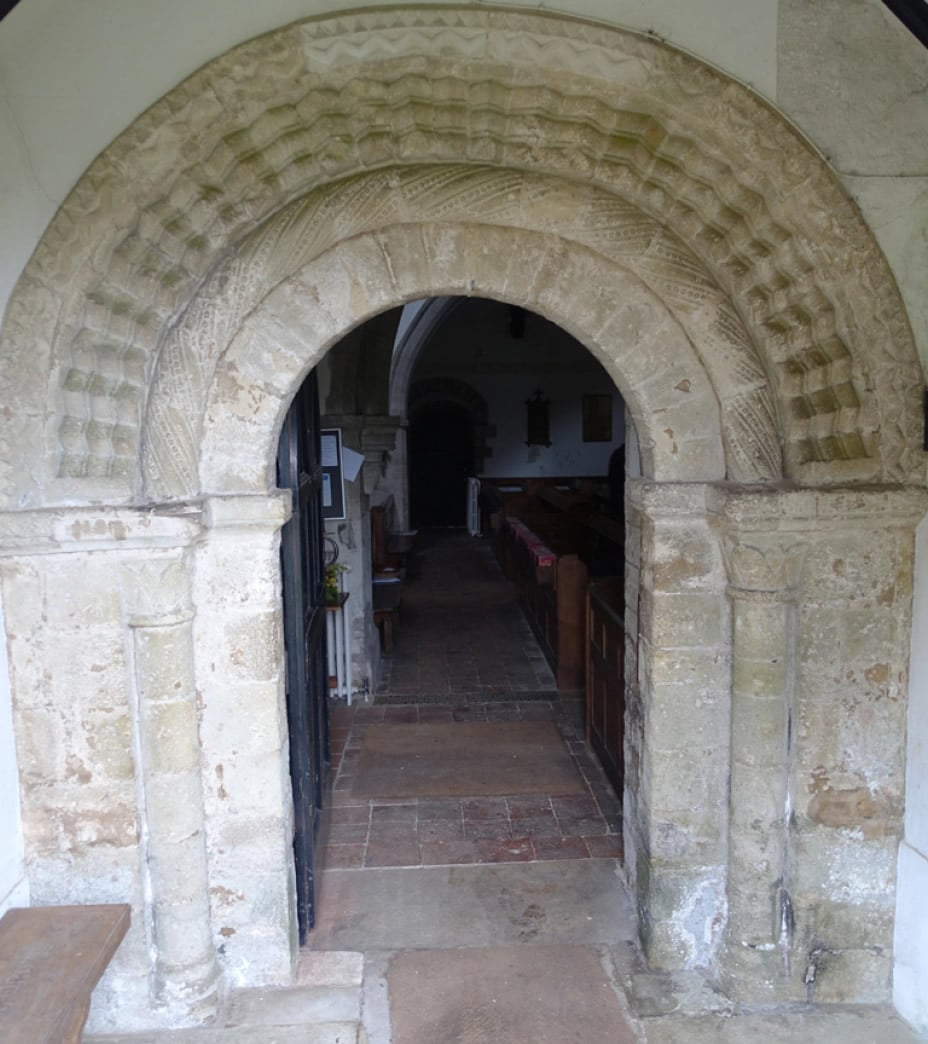
Photograph by Ivor Coleman
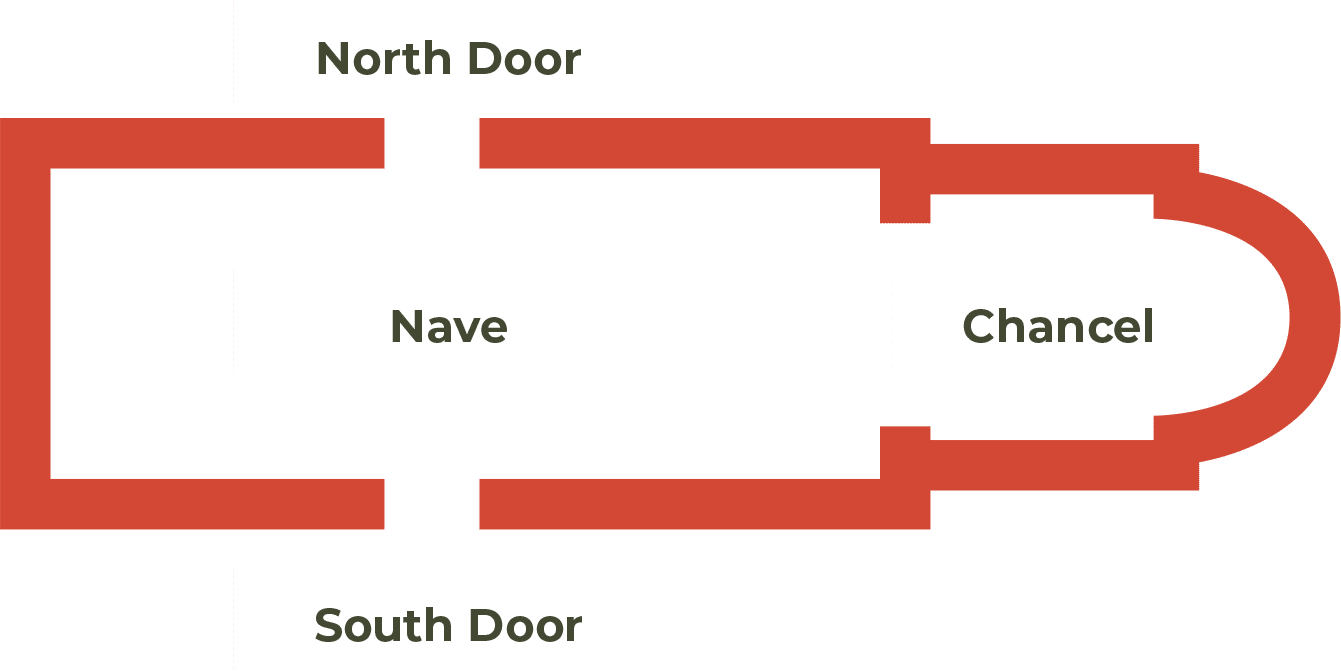
Illustration by Michael Collins
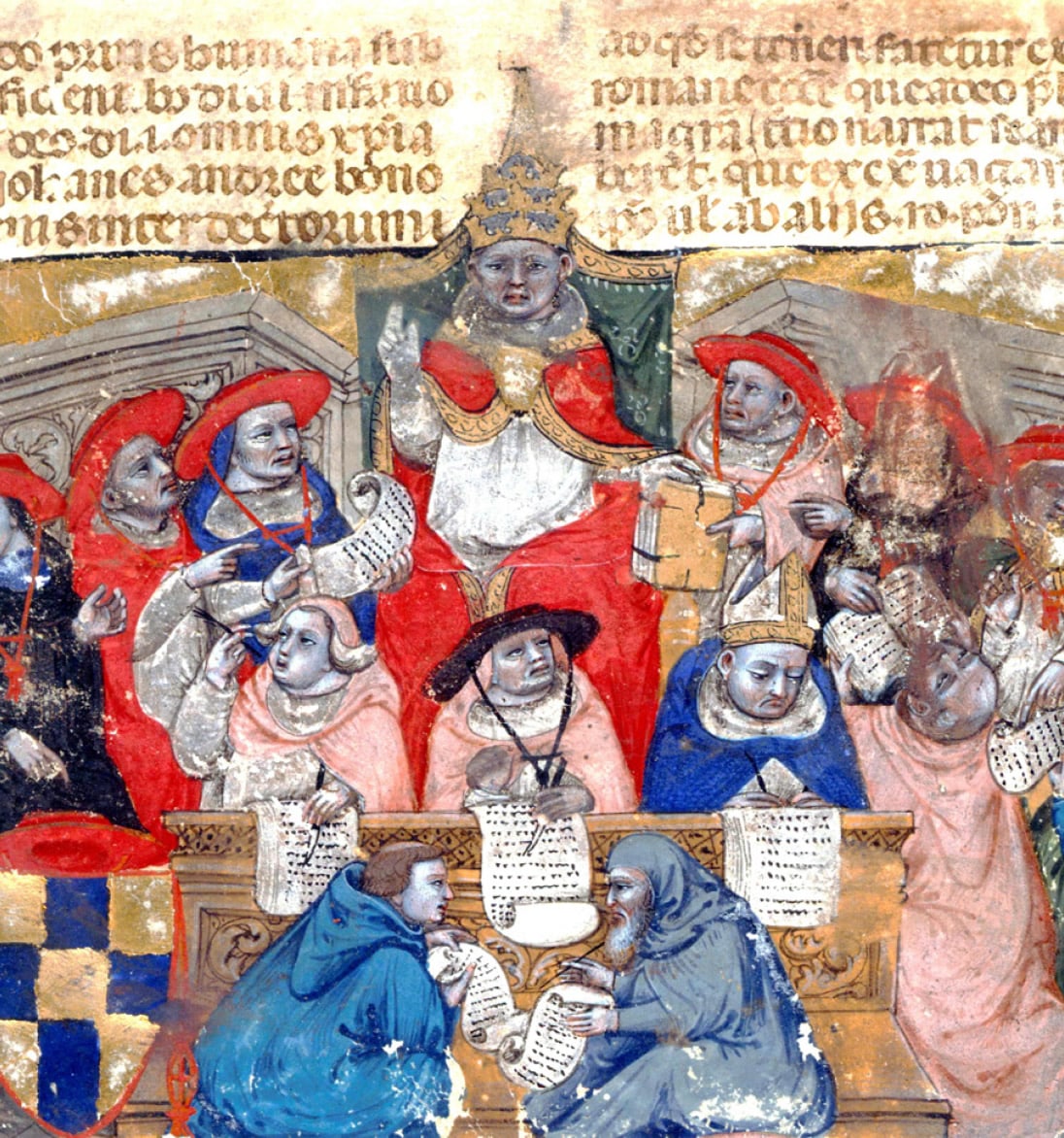
© British Library Board Add. 23923 f. 2 CAS-1056324-D4J3
The Catholic Church was the most powerful institution in Medieval life, led by the Pope in Rome through his Cardinals across Europe. People’s thoughts and deeds were deeply affected by church teaching.
Peter Rusciniol of Drochoneford was a member of this ecclesiastical hierarchy. In a Papal Register of 1231, his is the first reference to a rector at Droxford’s church.
The Catholic Church was the most powerful institution in Medieval life, led by the Pope in Rome through his Cardinals across Europe. People’s thoughts and deeds were deeply affected by church teaching.
Peter Rusciniol of Drochoneford was a member of this ecclesiastical hierarchy. In a Papal Register of 1231, his is the first reference to a rector at Droxford’s church.
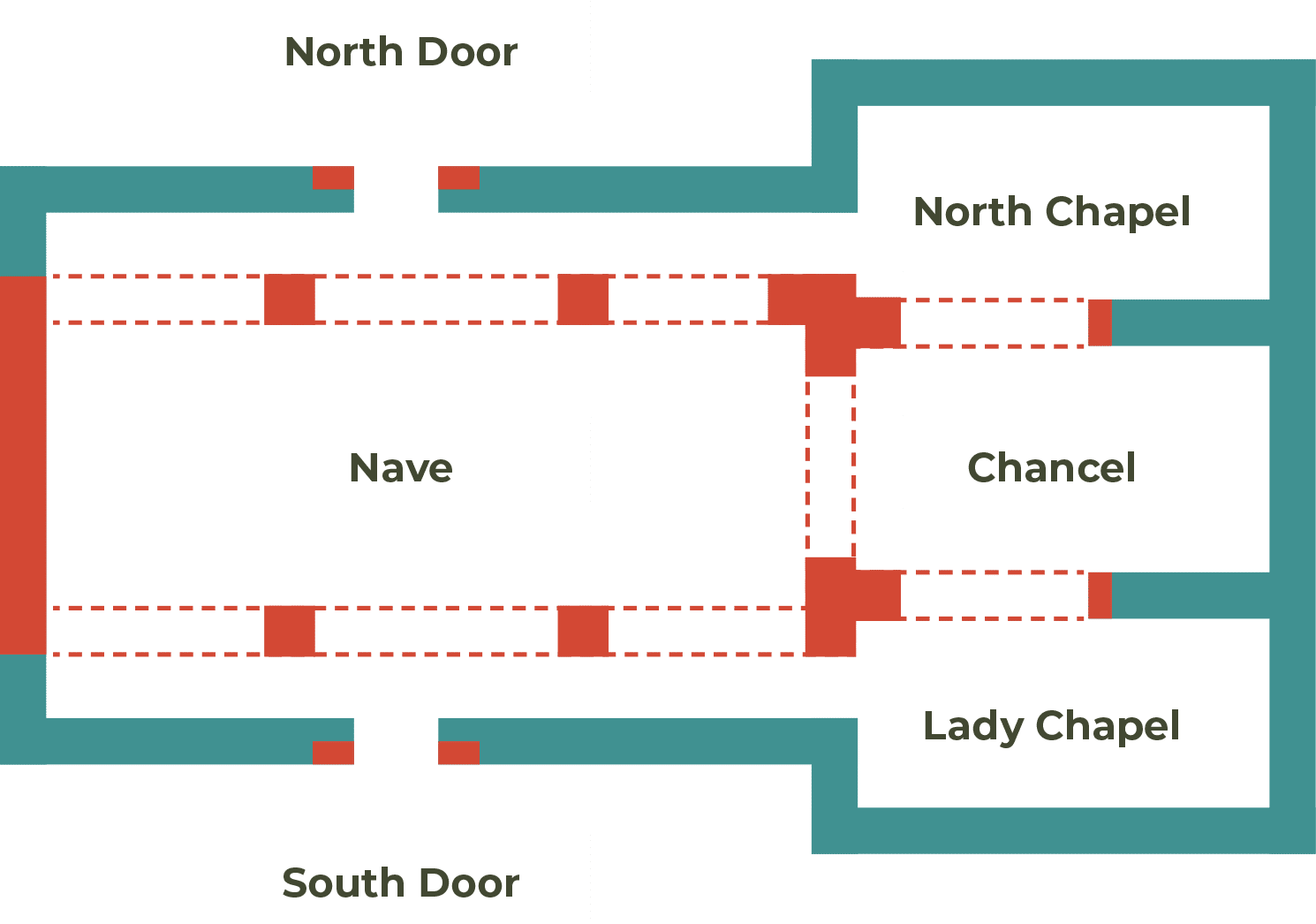
Illustration by Michael Collins
People left their unique imprint on this building in various Medieval markings and graffiti still visible today.
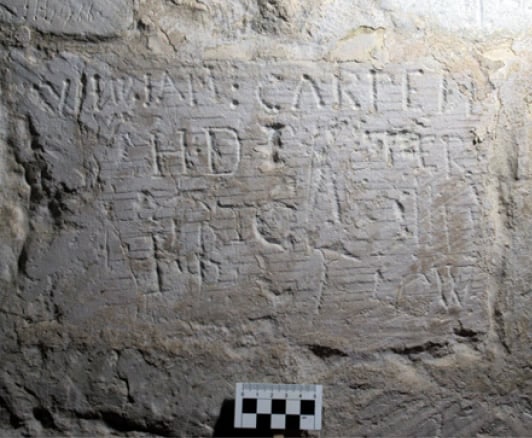
Photograph: Hampshire Medieval Graffiti Project
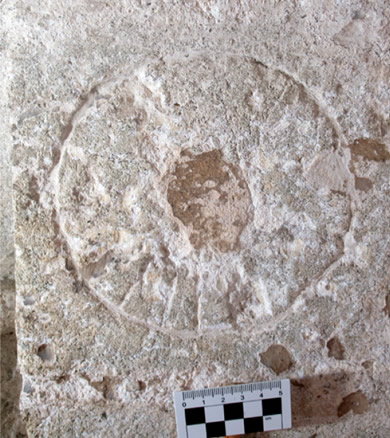
Photograph: Hampshire Medieval Graffiti Project
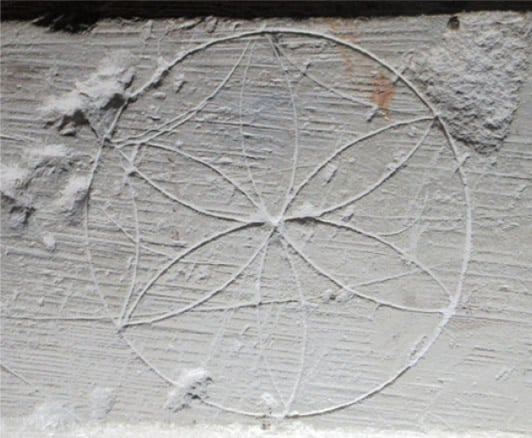
Photograph: Hampshire Medieval Graffiti Project
Written by Ivor Coleman, Designed by David Goodman